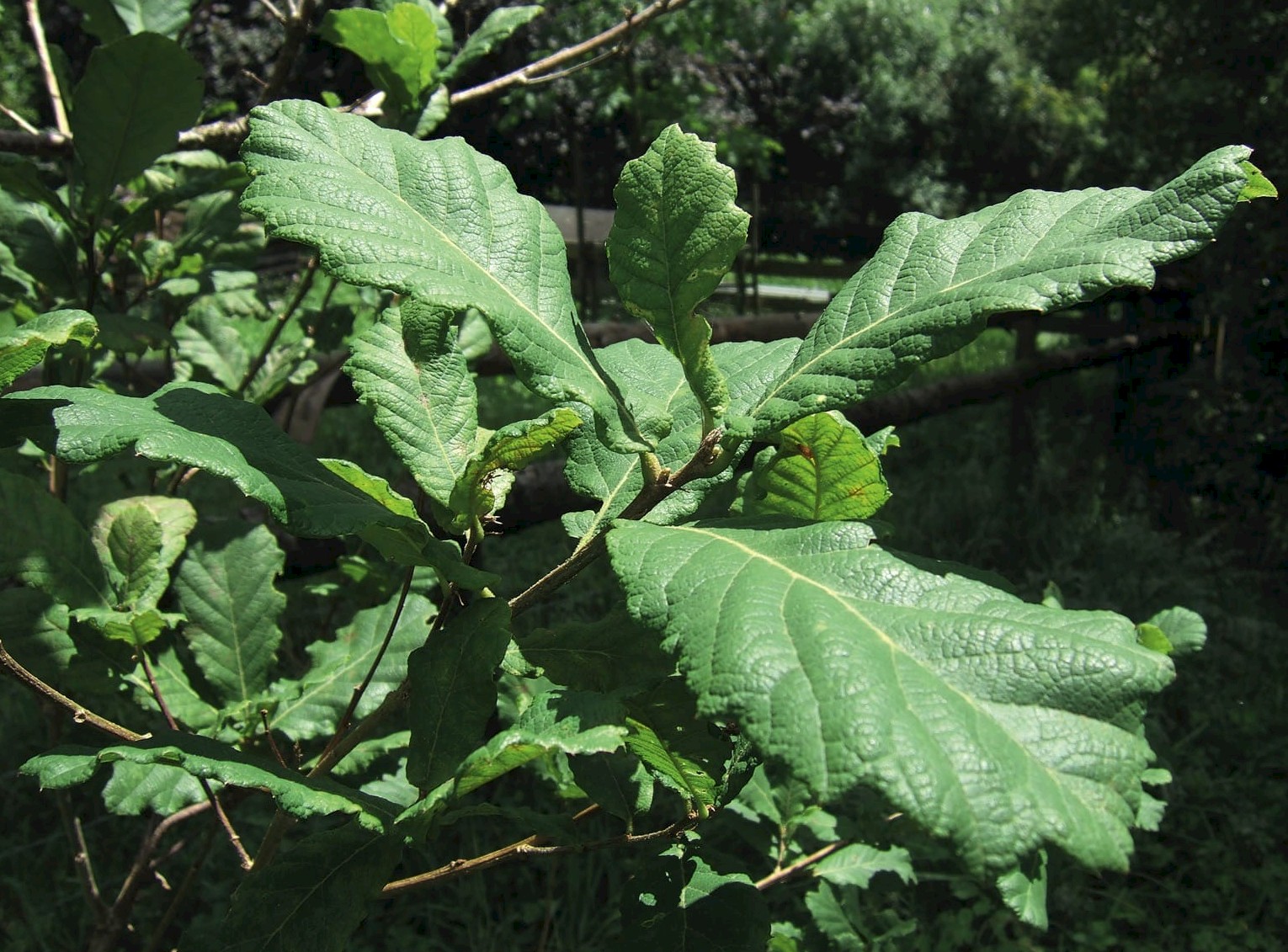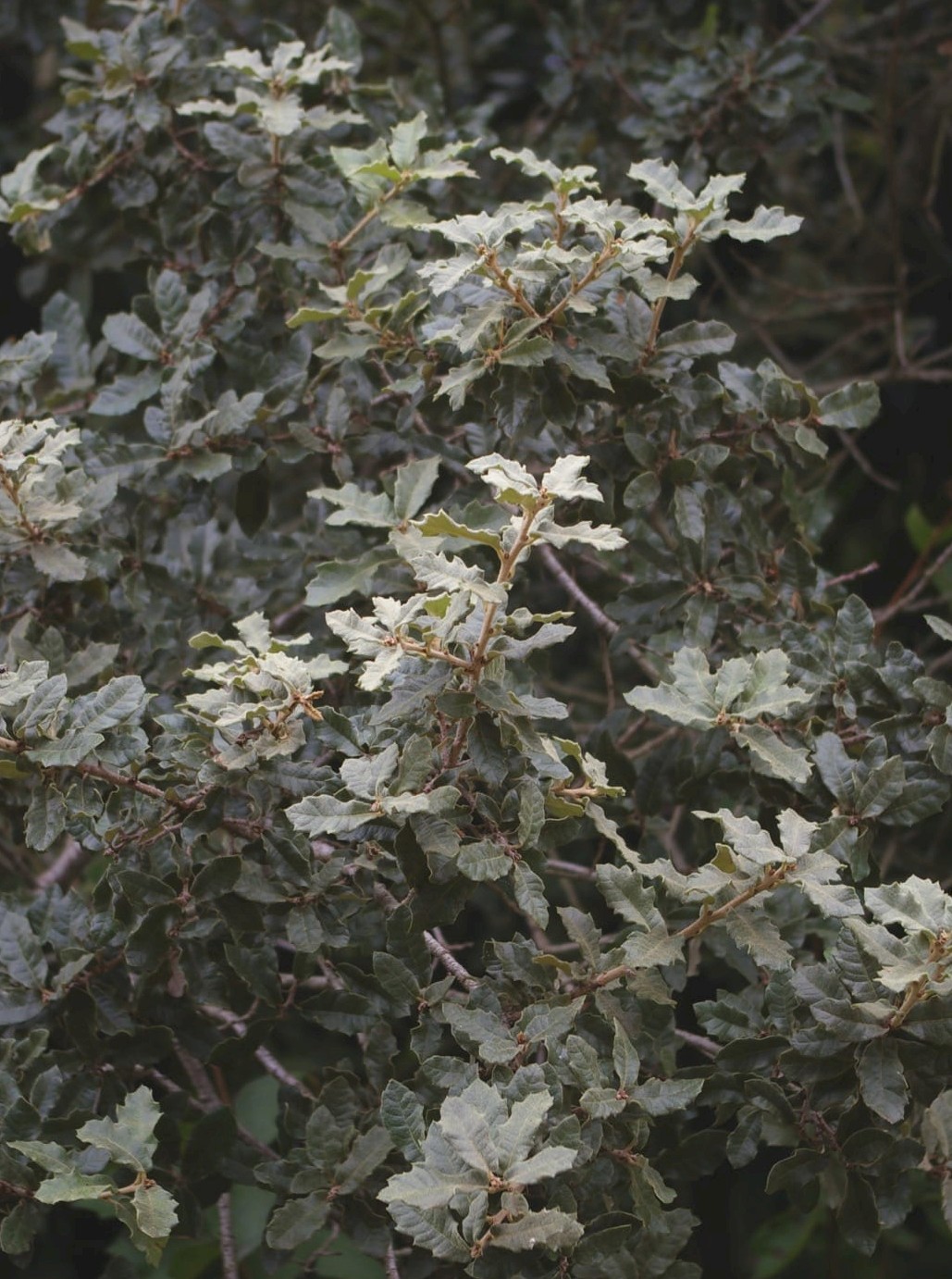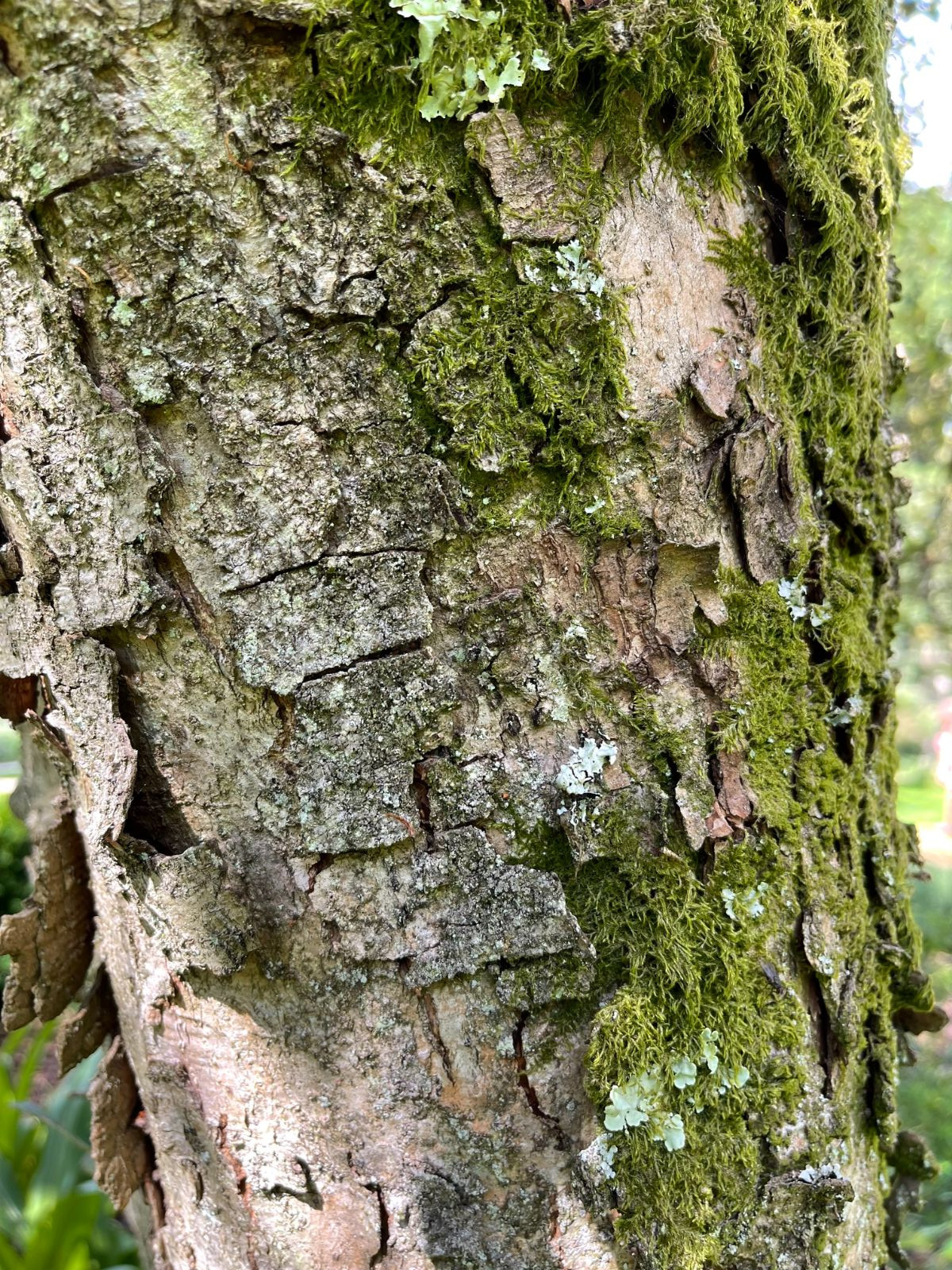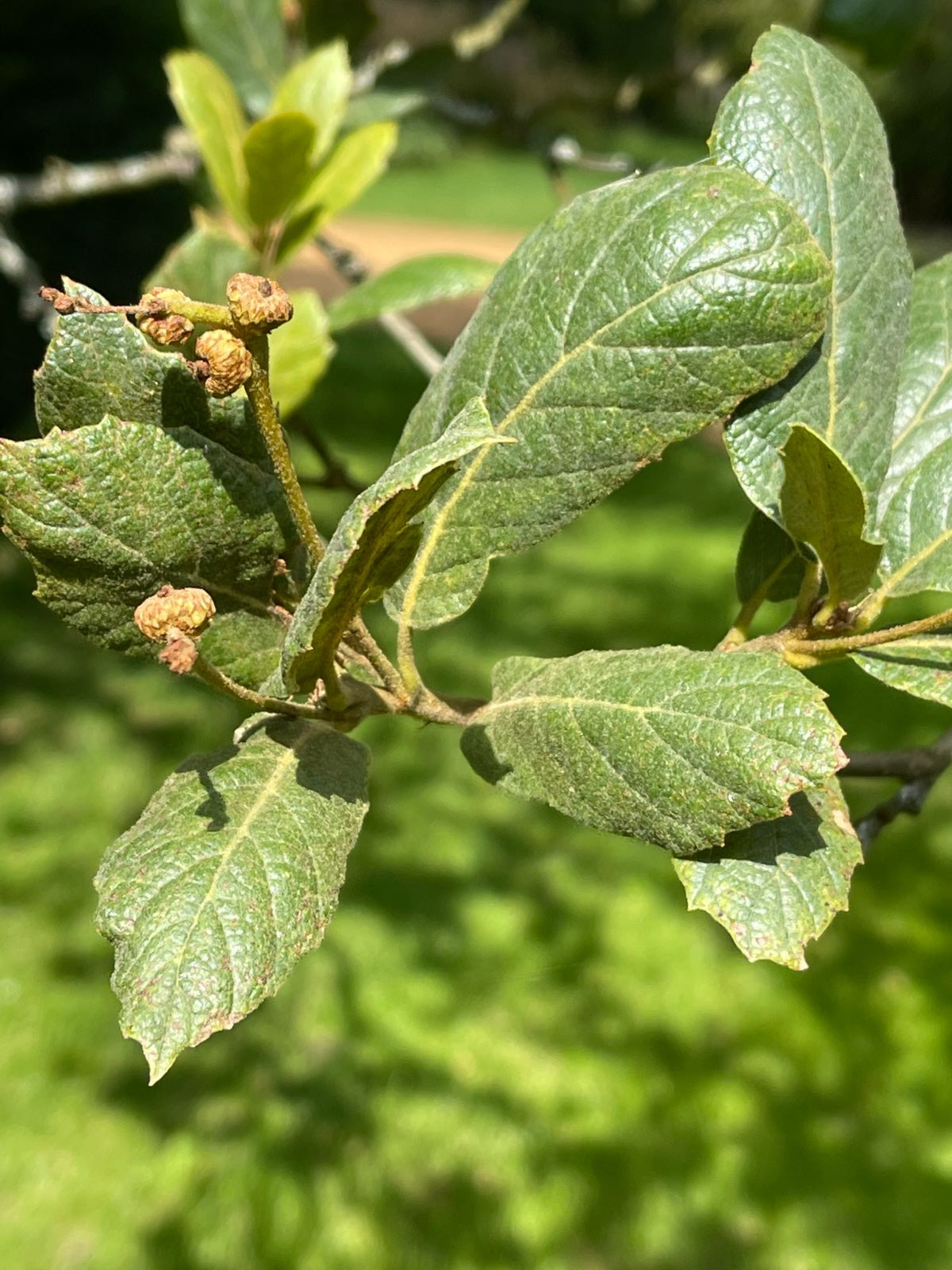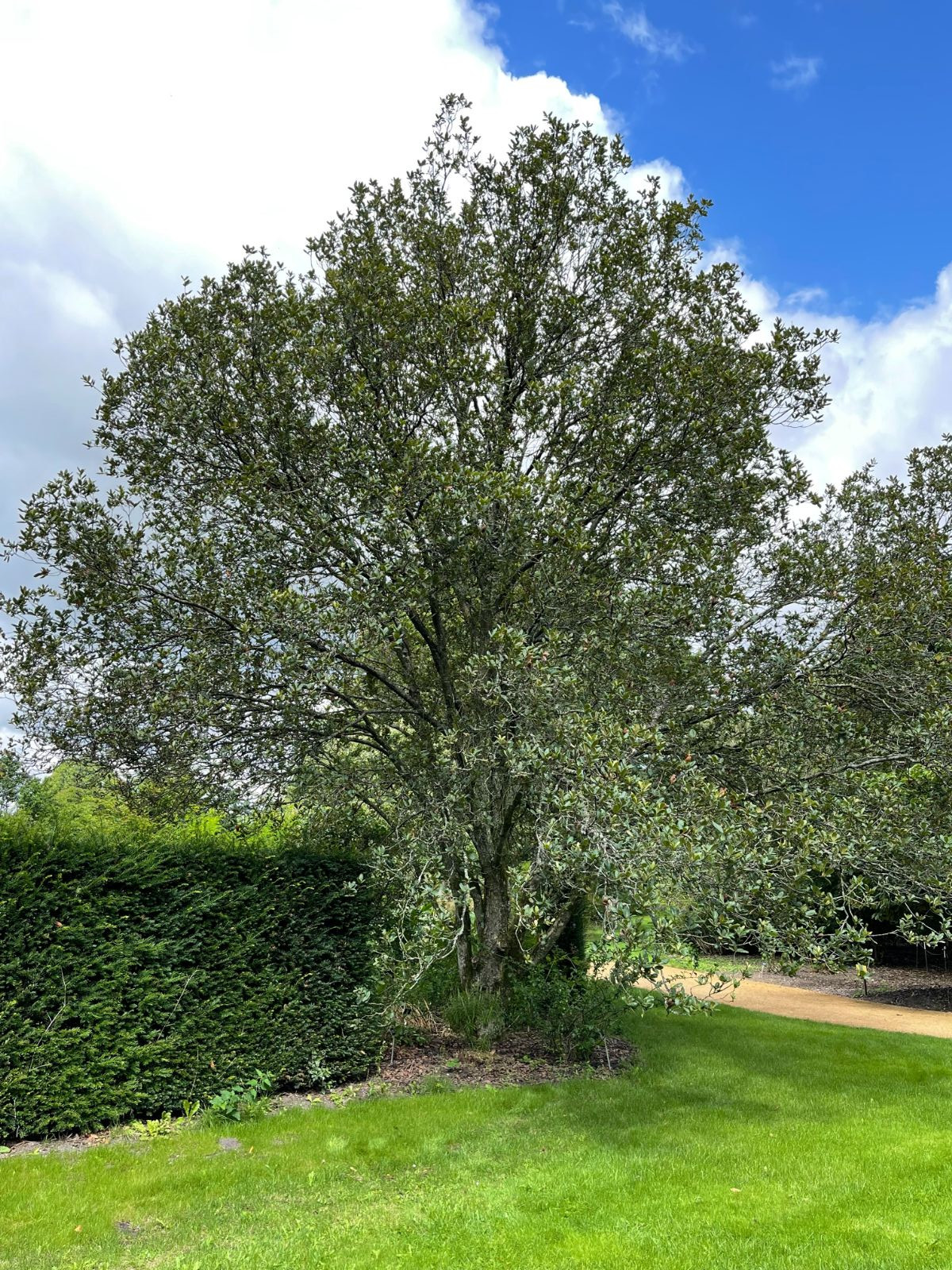Quercus rugosa
Sponsor
Kindly sponsored by
The Trees and Shrubs Online Oak Consortium
Credits
Article from New Trees by John Grimshaw & Ross Bayton
Recommended citation
'Quercus rugosa' from the website Trees and Shrubs Online (treesandshrubsonline.
Other taxa in genus
- Quercus acerifolia
- Quercus acherdophylla
- Quercus acrodonta
- Quercus acuta
- Quercus acutifolia
- Quercus acutissima
- Quercus afares
- Quercus affinis
- Quercus agrifolia
- Quercus alba
- Quercus aliena
- Quercus alnifolia
- Quercus aquifolioides
- Quercus arizonica
- Quercus arkansana
- Quercus aucheri
- Quercus augustini
- Quercus austrina
- Quercus × auzendei
- Quercus baloot
- Quercus bambusifolia
- Quercus baronii
- Quercus bicolor
- Quercus brantii
- Quercus buckleyi
- Quercus canariensis
- Quercus canbyi
- Quercus candicans
- Quercus castanea
- Quercus castaneifolia
- Quercus cerris
- Quercus chenii
- Quercus chrysolepis
- Quercus coccifera
- Quercus cocciferoides
- Quercus coccinea
- Quercus conspersa
- Quercus crassifolia
- Quercus crassipes
- Quercus delavayi
- Quercus dentata
- Quercus deserticola
- Quercus dolicholepis
- Quercus douglasii
- Quercus dumosa
- Quercus durifolia
- Quercus eduardii
- Quercus ellipsoidalis
- Quercus emoryi
- Quercus engelmannii
- Quercus engleriana
- Quercus euboica
- Quercus eugeniifolia
- Quercus fabri
- Quercus faginea
- Quercus falcata
- Quercus floribunda
- Quercus frainetto
- Quercus franchetii
- Quercus fruticosa
- Quercus fusiformis
- Quercus gambelii
- Quercus garryana
- Quercus geminata
- Quercus georgiana
- Quercus germana
- Quercus gilliana
- Quercus gilva
- Quercus glabrescens
- Quercus glauca
- Quercus graciliformis
- Quercus gravesii
- Quercus griffithii
- Quercus grisea
- Quercus guyavifolia
- Quercus hartwissiana
- Quercus hemisphaerica
- Quercus × hispanica
- Quercus hondae
- Quercus hypargyrea
- Quercus hypoleucoides
- Quercus ilex
- Quercus ilicifolia
- Quercus imbricaria
- Quercus incana
- Quercus infectoria
- Quercus insignis
- Quercus ithaburensis
- Quercus kelloggii
- Quercus × kewensis
- Quercus kiukiangensis
- Quercus laceyi
- Quercus laevis
- Quercus lamellosa
- Quercus lanata
- Quercus lancifolia
- Quercus laurifolia
- Quercus laurina
- Quercus × leana
- Quercus leucotrichophora
- Quercus × libanerris
- Quercus libani
- Quercus lobata
- Quercus lobbii
- Quercus lodicosa
- Quercus longinux
- Quercus longispica
- Quercus look
- Quercus × ludoviciana
- Quercus macranthera
- Quercus macrocalyx
- Quercus macrocarpa
- Quercus macrolepis
- Quercus marilandica
- Quercus mexicana
- Quercus michauxii
- Quercus mongolica
- Quercus monimotricha
- Quercus montana
- Quercus morii
- Quercus muehlenbergii
- Quercus myrsinifolia
- Quercus myrtifolia
- Quercus nigra
- Quercus × numidica
- Quercus oblongifolia
- Quercus obtusata
- Quercus oglethorpensis
- Quercus oxyodon
- Quercus pagoda
- Quercus palmeri
- Quercus palustris
- Quercus pannosa
- Quercus parvula
- Quercus petraea
- Quercus phellos
- Quercus phillyreoides
- Quercus planipocula
- Quercus poilanei
- Quercus polymorpha
- Quercus pontica
- Quercus prinoides
- Quercus pubescens
- Quercus pyrenaica
- Quercus rehderiana
- Quercus reticulata
- Quercus robur
- Quercus rotundifolia
- Quercus rubra
- Quercus rysophylla
- Quercus sadleriana
- Quercus salicina
- Quercus sartorii
- Quercus × schneideri
- Quercus schottkyana
- Quercus semecarpifolia
- Quercus senescens
- Quercus serrata
- Quercus sessilifolia
- Quercus setulosa
- Quercus shumardii
- Quercus sinuata
- Quercus spinosa
- Quercus stellata
- Quercus stenophylloides
- Quercus suber
- Quercus subspathulata
- Quercus tarokoensis
- Quercus tatakaensis
- Quercus texana
- Quercus tomentella
- Quercus trojana
- Quercus tungmaiensis
- Quercus turbinella
- Quercus × turneri
- Quercus undulata
- Quercus utahensis
- Quercus utilis
- Quercus uxoris
- Quercus variabilis
- Quercus velutina
- Quercus virginiana
- Quercus vulcanica
- Quercus warburgii
- Quercus wislizenii
- Quercus xalapensis
Shrub or tree (5–)10–30 m, 1 m dbh. Bark with small, thin, flaky scales. Branchlets brown, turning grey with age; tomentose, glabrous or pubescent. Leaves evergreen, 8–10 × 3–5(–7) cm, obovate, elliptic or fiddle-shaped, usually concave at the apex, upper surface dark green and lustrous with sparse stellate pubescence, lower surface dull glaucous or with dense brown tomentum, reticulate veins raised and prominent, 8–10(–12) secondary veins on each side of the midrib, margins revolute, crisped or flat with mucronate teeth near the apex, apex broad and rounded; petiole ~0.7 cm long. Infructescence 3–6 cm long with one to three cupules. Cupule cup- or saucer-shaped, 1.5 × 0.9 cm; scales spreading, brown and tomentose. Acorn ovoid to elliptic, with half to three-quarters of its length enclosed in the cupule, 0.7–2 cm long, stylopodium short. Flowering November, fruiting July to September (Mexico). Nixon 1997, Romero Rangel et al. 2002. Distribution MEXICO: Aguascalientes, Chiapas, Coahuila, Colima, Distrito Federal, Durango, Guanajuato, Guerrero, Hidalgo, Jalisco, México, Michoacán, Morelos, Nuevo León, Oaxaca, Puebla, Querétaro, San Luis Potosí, Sonora, Veracruz, Zacatecas; USA: Arizona, New Mexico, Texas. Habitat Pine-oak and tropical deciduous forest between 1800 and 2900 m asl. USDA Hardiness Zone 6. Conservation status Least Concern. Illustration Nixon 1997, Romero Rangel et al. 2002; NT698, NT747. Cross-references B507, S415, K103 (all as Q. reticulata).
Considered to be the most widely distributed Mexican oak, Quercus rugosa is usually a medium-sized tree with a rounded crown; its dark green rugose leaves with a paler undersurface are ruggedly handsome. According to Sean Hogan (pers. comm. 2005) it ‘works wonderfully in a garden’, although it may be shrubby, and in Hogan’s experience it is hardy to below –18 ºC. Warm Mediterranean climates may suit this white oak best; in most parts of England trees are slow-growing (2 m in 15 years at Chevithorne Barton, then cut to the ground in the 2005–2006 winter), but in the mildest parts of the United Kingdom and France it fares better. At Tregrehan a specimen planted in 1990 is 6 m tall, and has attractive, plated bark (T. Hudson, pers. comm. 2006). In France there are two good examples at the university campus of Saint-Martin -d’Hères, Grenoble, the largest of which is fruiting and was 9 m tall, 34 cm dbh in 2004 (Lamant 2004). Seedlings from a Jablonski collection made in New Mexico in 2000 have been hardy so far in Luxembourg, although becoming completely deciduous in winter, and have reached 1.6 m. It seems to thrive in the hot, humid summers of the North Carolina Piedmont, with a 5.5 m specimen doing well at the JC Raulston Arboretum, but the winters of central Illinois are too much for it. At Starhill Forest Arboretum it is cut to the ground each winter and survives only through annual shoots from the base.
An oak from Nuevo León known unofficially as La Siberica Form (see Plate 481) has been associated with Q. rugosa, but it is by no means certain that it belongs to this species; Allen Coombes (pers. comm. 2008) believes that it may represent Q. greggii (A. DC.) Trel. It is well known to aficionados of Mexican trees in the United States, and was perhaps first discovered by John Fairey and Carl Schoenfeld, of Peckerwood Garden and Yucca Do Nursery, respectively (Ward 2004). La Siberica is a village at 2500 m, and its oak differs from the typical Q. rugosa in having fewer marginal teeth and a paler indumentum on the undersurface of the leaves; it may also form a smaller tree when fully grown. Sean Hogan and his late partner Parker Sanderson have planted it as a street tree as part of their famous and exciting experiment in community horticulture on Portland’s Northeast 11th Avenue, and it grows well in such conditions of full sun with a little extra irrigation in summer.
American collectors have recognised distinct populations of other oaks in Nuevo León that deserve further investigation. One of these is known as La Encantada Form, described as being a stately evergreen with small narrow leaves, taking its name from the village of La Encantada (2100 m). Another, with elliptic leaves on a small tree, is known as Pinal de Amoles Form (Ward 2004). It is clear that Mexico will continue to produce much to excite oak enthusiasts in the future.

